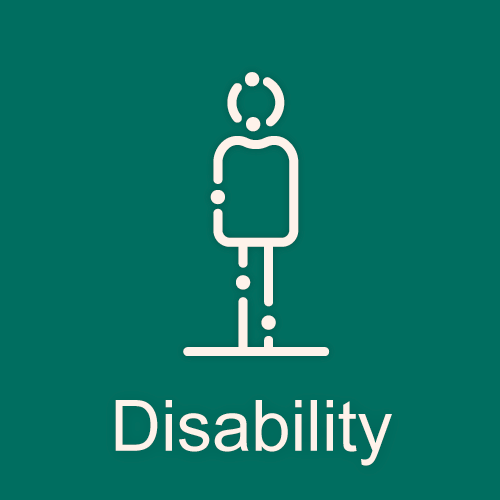ECIR data tool
Loading...

Inequalities heatmap by country
Data source and links




This matrix displays the disadvantaged population group for the disability dimension by indicator and country. The disadvantaged population was identified by selecting the category group most prone to cancer inequalities based on the data presented above (e.g. with the highest prevalence of cancer risk factor). The data represent the last available year for each indicator. The grey colour indicates the data is unavailable for that particular country.
Note: this chart does not represent the inequality gap within a country.
Note: this chart does not represent the inequality gap within a country.
This display is not wide enough to show the heatmap. Try rotating the device.
About this indicator
Unit of measure
Source update frequency
References
Data
Metadata
